Texts: Elton Pila e Hermenegildo Langa
Photos: Mauro Pinto e Ricardo Franco
Industry Especial | Download
Industry Especial – The engine of the economy
The engine of the economy
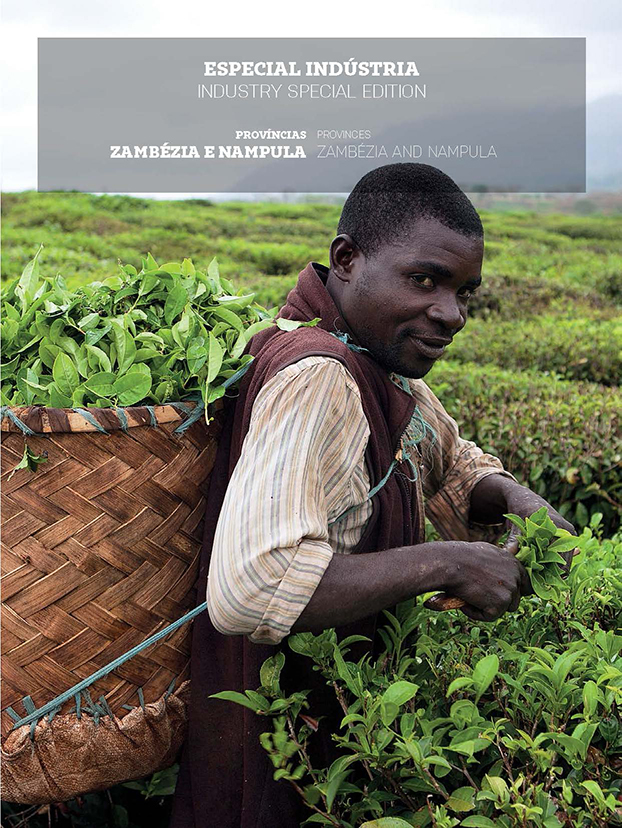
AIMO and Executive Mozambique have the privilege of presenting the 4th edition of the “Industry Special”. This edition, like the previous ones, is an instrument for the dissemination and promotion of the national industry, in general, and of the services provided by AIMO members in particular.
The 4th edition of the “Industry Special” has as its main focus the provinces of Zambézia and Nampula. The two provinces are a great engine for the country’s social and economic development, with great industrial potential.
In Nampula, the unavoidable Port of Nacala continues to be the vital fuel for the northern region economy. But the province of Nampula, which is the most populous in the country, continues to have agriculture as an important point of dynamism for processing industries. MoSagri, which is dedicated to planting and processing moringa, turns out to be the success story brought forward in this edition.
In the province of Zambézia, another pole that we focus on in this edition, the industrial sector is supported by micro and small companies from various sectors of activity related to agribusiness. In this province, tea ends up being one of the unavoidable highlights. Inescapable is also Magoma Tea. With 15 years of operation, it has a production of 13,400 tonnes of tea per season, a fact that makes the producer a world reference.
As in previous editions, we have no doubts that this “Industry Special” reinforces its position as a platform for the expansion of the business network and partnerships at national and international level, at a time when the sector is discussing the Industrialising Mozambique National Program (PRONAIMO).
For a dynamic, modern and competitive industry.
Osvaldo Faquir
Executive Director – AIMO (Associação Industrial de Moçambique)
FLASH NEWS | INDUSTRY SPECIAL EDITION
▶ AfDB and CTA promote agribusiness
There are about 74 million meticais available to promote Small and Medium Enterprises (SME) in the agricultural sector, within the scope of the SME Productive Capacity Strengthening Project. The initiative is financed by the African Development Bank (AfDB) and is managed by the Confederation of Economic Associations of Mozambique (CTA). The fund is expected to benefit at least 300 small and medium enterprises in the agricultural sector.
▶ Nacala Logistics registers rising profit
The Nacala Logistics Production and Financial Report for the first quarter of 2021 shows an increase in gross profit of 6% in the coal transportation and general cargo businesses. The growth in gross profit was due to lower-than-expected operating expenses. For this period, 88 million dollars were budgeted, and performance amounted to around 83 million dollars.
▶ New cement factory opened
A new cement factory with the capacity to produce two million tonnes per year was opened in Maputo province. Mozambique Dugongo Cimentos is also going to produce 5,000 tonnes of clinker a day, the main raw material for cement production, which will reduce its import by around 360,000 tonnes a year, corresponding to 54 million dollars. For the construction of the factory, 330 million dollars were invested, having employed 350 people.
▶ Mega-projects bring in around 8 billion to the State
The mega-projects set up in Mozambique contributed to the State’s coffers to the tune of 7.8 billion meticais between January and March 2021 against 6 billion meticais recorded in the first quarter of 2020. The amount represents a positive variation of 29%. According to data from the Tax Authority of Mozambique (AT), of the total fiscal contribution of mega-projects channeled to the State, the highlight goes to the oil exploration sector, which grew 10% in 2021.
Zambézia and Nampula
The industrial centre north
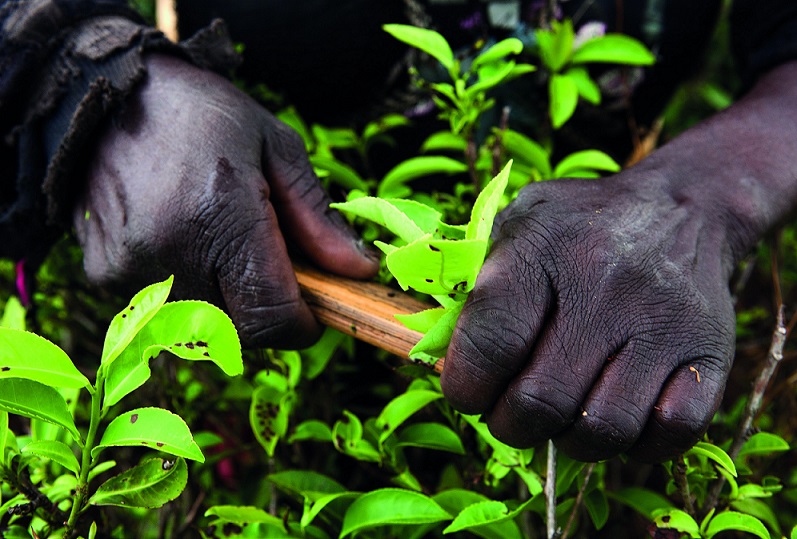
Zambézia and Nampula are the two most populous provinces in Mozambique and mark this passage from the centre to the north. The industries that flourish in these provinces gain momentum due to their strategic location. Port and railway infrastructures are the turning point of an economy marked by agribusiness, the extractive industry and tourism. It is the Mozambican industrial centre north But let’s go through it step by step.
In Zambézia, the industrial sector is supported by micro and small companies from the various sectors of activity related to agribusiness. According to data obtained from the Provincial Directorate of Industry and Commerce, the industrial network comprises 3,028 industrial units, 1,992 mills, 656 carpentry workshops, 90 sawmills, 71 rice husk mills, 50 bakeries, 49 metalworkers, 30 salt mills, 33 tin mills, 5 oil presses, 4 ice cream processors, 4 tea processors, 4 mineral water bottlers, and 40 other industrial units. But the highlight goes to the fishing industry (KRUSTAMOZ and AQUAPESCA), food industry (Alif Quimica, Lda., Winnua, Chá Magoma, Murrimo Macadâmia, Vali-indústria, Mocuba Honey Company, Tia Ruquia, Reis Agricultura e Indústria), wood industry (Pedra pedra, MAZA, Oliba) and plastics industry (INCALA and HL-Sacos Plásticos).
According to the Provincial Director of Industry and Commerce of Zambézia, Vera Godinho, in 2020 alone, industrial production reached 4.9 billion meticais, based on a 4.5 billion meticais plan, which represents an performance above 100% and a growth in the order of 5% compared to the same period in 2019, when 4.6 billion meticais were reached.
And for this year, although the pandemic is compromising the sector, the Provincial Government of Zambézia remains optimistic about achieving satisfactory results. Industrial production reached by the first quarter of 2021, 332.58 million meticais, out of a planned 326.35 million meticais, which represents a performance of 102% and a growth of around 3% when compared to the same period of the year 2020, in which 323.39 million meticais were reached.
The province of Nampula, known as the capital of the north, plays a crucial role for the Mozambican economy. Since 2010, the province has shown itself to be the centre of development that should be most taken into account, thanks to the history of previous years. Between 2005 and 2009, Nampula captured close to half of all authorised private investments in the country, most of which would be concentrated in two mega-projects: one in mining (the Ayr-Petro Nacala refinery in Nacala-a-Velha) and the other in agriculture sector (Lurio Green Resources, a eucalyptus plantation in Mecuburi, Ribauee and Rapale).
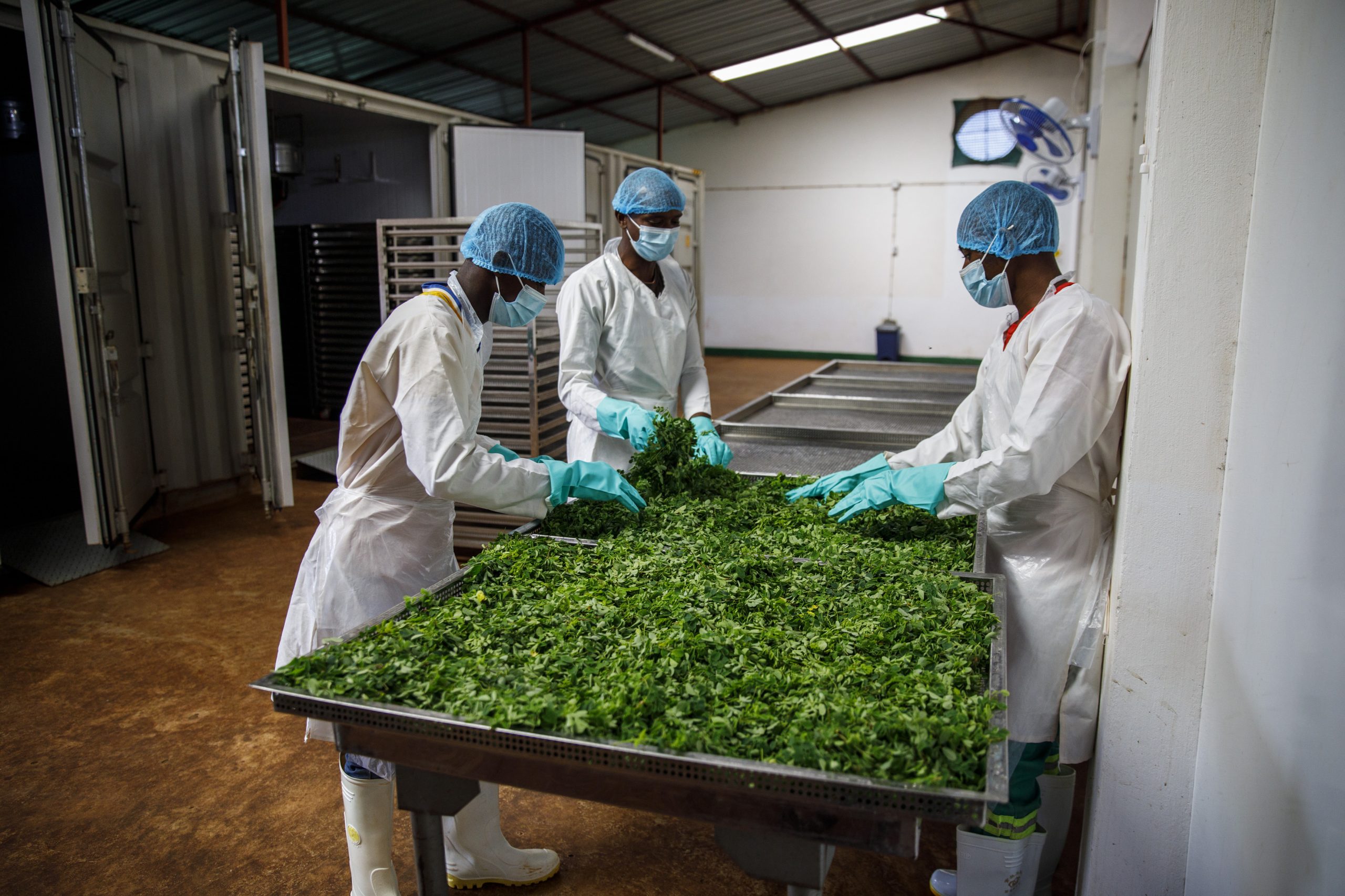
The Port of Nacala and the railways between Nacala and Malawi explain much of this dynamism that finds in agro-industries, mining and tourism the path to poverty reduction in the province, which also has potential for growth in the areas of horticulture, biofuels and fisheries, and processing of agricultural and wood products.
Since the creation of the Nacala Special Economic Zone in 2009, according to a study by the Institute of Social and Economic Studies, national and foreign investment in the sectors of agriculture, biofuels, services and tourism in the area would exceed 80 million dollars in just one year. This area, which covers the districts of Nacala-a-Velha and Porto, covers an area of approximately 1,300 km², benefiting 3 million inhabitants.
But tourism also plays a pivotal role in Nampula’s economy, largely due to political reforms associated with promoting investment in the province. The Island of Mozambique appears as a standard-bearer. According to data provided by the Directorate of Culture and Tourism of Nampula, investments approved in the tourism sector are estimated at around 38 million dollars.
Before the pandemic, the province welcomed about 50,000 tourists a year, showing tourism as an important driver of local development, which produces income for the multiple players that provide direct and indirect services, from restaurants, to hotels, and to tourist guides.
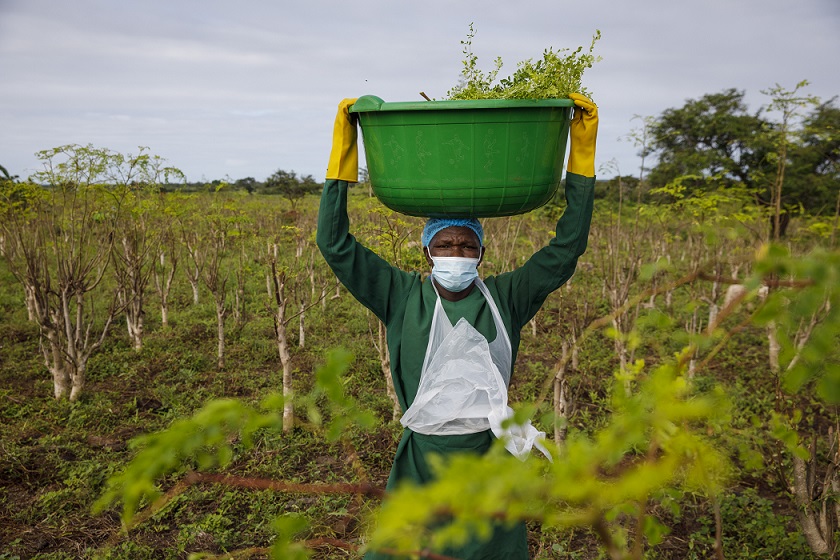
CASOS DE ESTUDOS
Villa Sands: Tourism boosting development
It was the passion for the Island of Mozambique, this cultural and historical phenomenon in the Indian Ocean, that boosted the establishment of Villa Sands. In the beginning, there were three warehouses and they were transformed into a Hotel that overlooks the sea and all the cultural heritage on its back.
Open to thinking about the tourism potential of the Island of Mozambique, this resort hotel has always wanted to make a difference in the space in which it operates. “Part of the tourism profit has to benefit the community,” says Gisela Antman, Mozambican, manager and co-owner of this hotel resort.
The vision was always to turn culture into a marketable product and make it contribute to the Island’s economic development. Greater proof of this was the effort made to train the hotel staff, who are 100% Mozambican, as there were no qualified staff available in the north of the country at the time of the opening. But they didn’t let it stop there, they added the first carpentry shop on the island to the Hotel, located on the threshold between the city of Macúti and Pedra e Cal, which serves as an incubator for children artists. It is a kind of social responsibility for commercial purposes, with 90% of the amount raised going to the little artists.
There are no stars above the Villa Sands logo. Why? “The guests make our stars,” Gisela explains.
MoSagri and moringa promotion

MoSagri, an agribusiness focused on the processing, distribution and sale of moringa, exists since 2015. It started with three hectares, in Lumbo, Island of Mozambique. It was the first test and it worked. Production was expanded to Naguema, Mossuril, an area of 1000 hectares, which, for now, is only half-explored.
The production is 100% organic, involving the community through the Pérola Foundation, created to promote the consumption of moringa. “We encourage the community to produce. We want people to plant and then sell to us,” says Nelvi Quefasse, financial and administrative manager at MoSagri. Internationally certified, while conquering the national market, the business already has numerous followers abroad. By May 2021, 20,000 tonnes had already been exported. The Netherlands is the entry point for the European market.
There are about 80 permanent workers. But there are always seasonal ones, which are an average of 200 monthly, called for weeding, pruning and applying BT, a compost made from garlic and tomato, which while serving as a fertilizer also prevents murda. From tea, produced from dried leaves; to oil, originating in the seeds, to the powder, which comes from the leaf or dry root of the moringa, there are several MoSagri products that promote the super-food that serves, among other benefits, as immunological support.
Magoma, a tea with a universal flavour
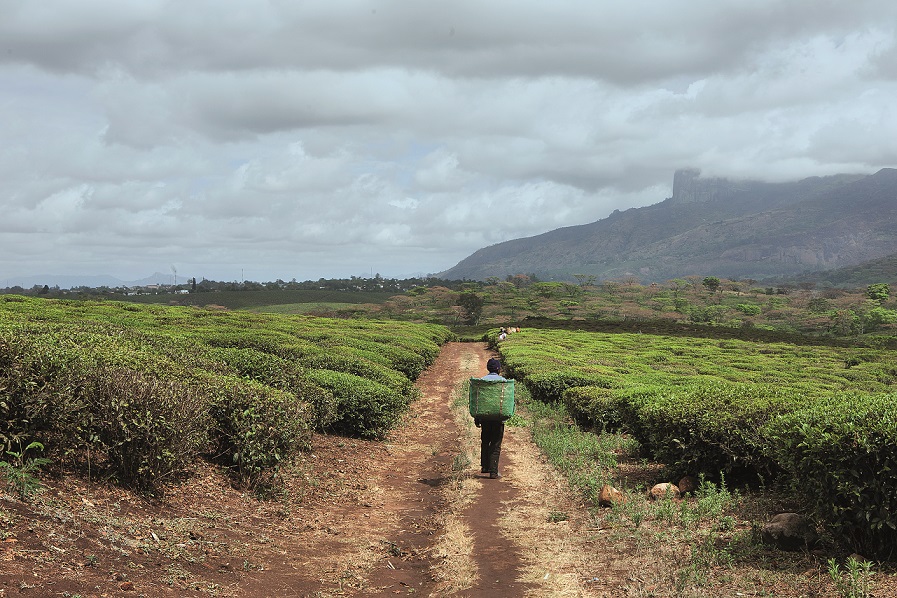
Talking about the tea industry in Mozambique is the same as talking about the province of Zambézia, as this is where we find most of the factories dedicated to the growing and processing of tea, which gives Mozambique a solid position on an international level.
According to data obtained from the Provincial Directorate of Industry and Commerce of Zambézia, Chá Magoma, with 15 years of operation, already has a production of 13,400 tons of tea per season, a fact that makes the tea producer a global reference, mainly in the markets of Germany, China, Russia, Dubai and India.
Located in the district of Gurué, the quality of Chá Magoma is a reflection of its high production standards whose cultivation refrains from chemical additives and fertilizers. The company so far employs a total of 50 employees, all hired within the district of Gurué.
In addition to the production of tea, Magoma is also dedicated to the production of coffee.
Industry Especial | Download

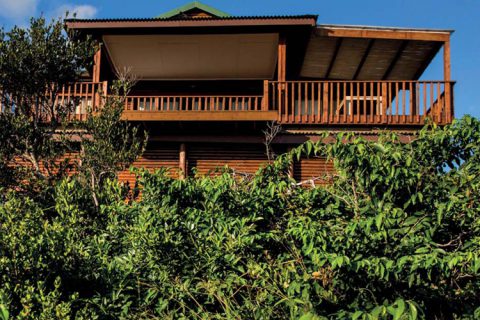


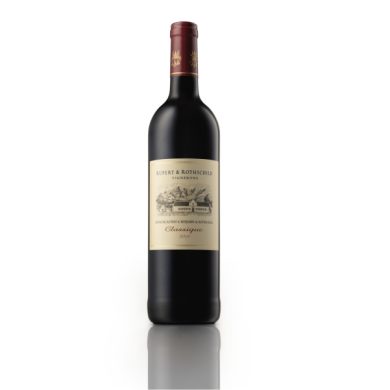

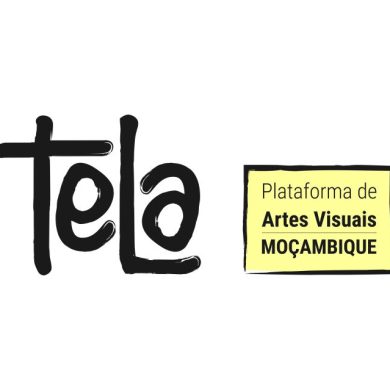
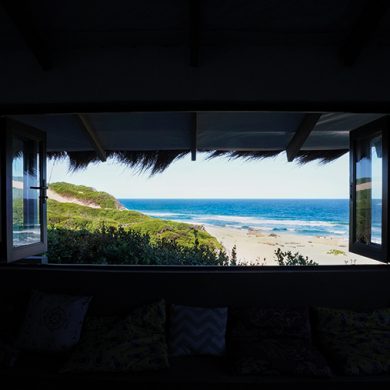
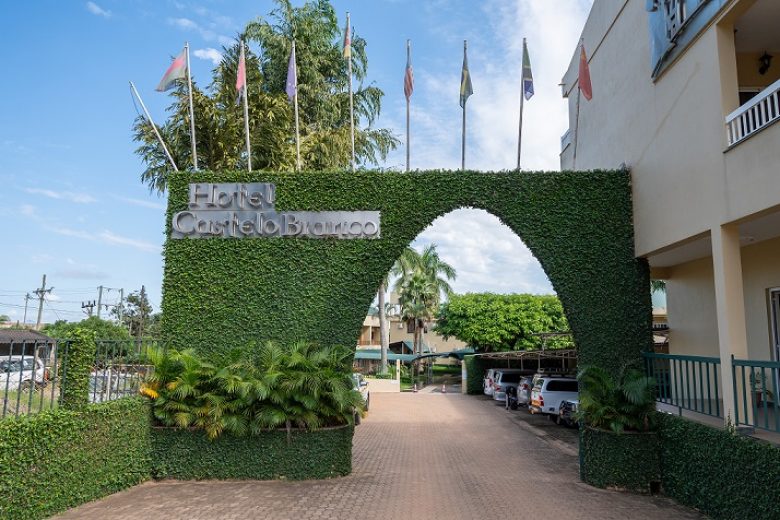














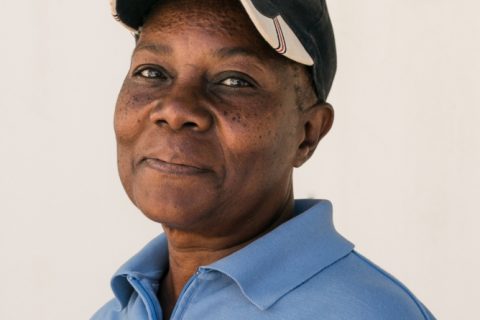



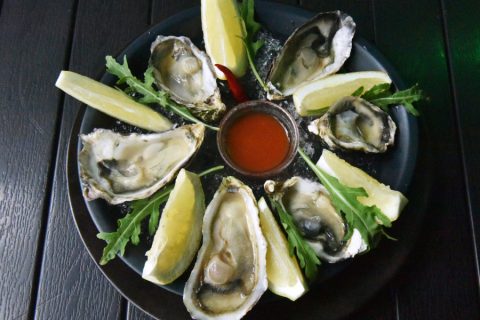

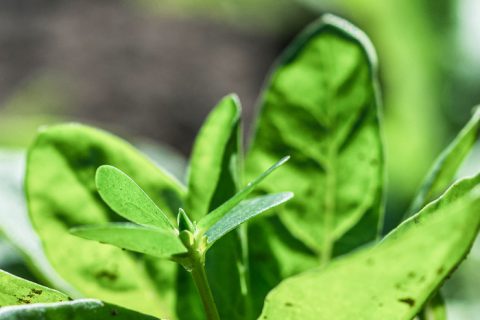
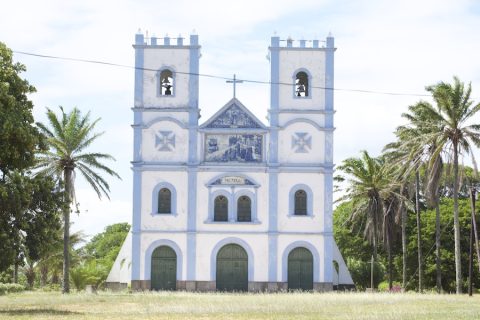
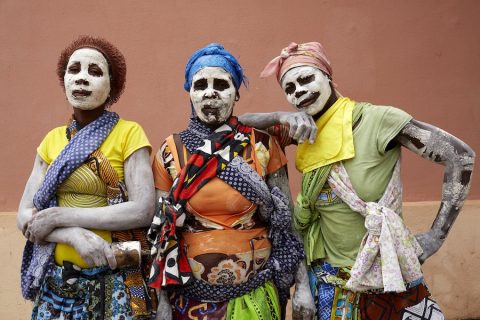
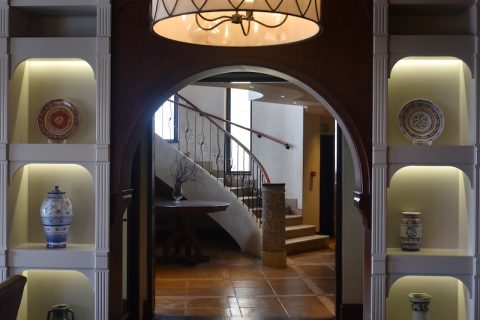


0 Comments